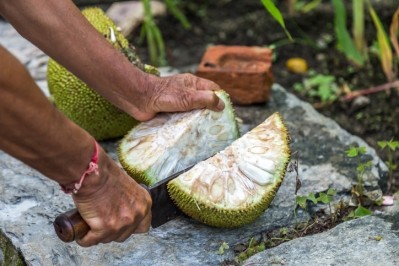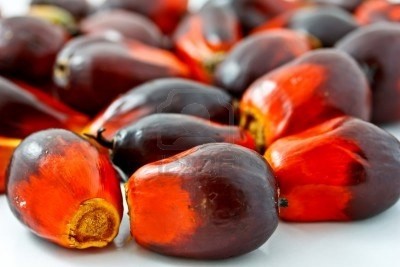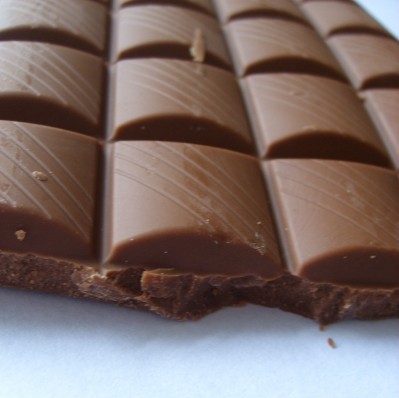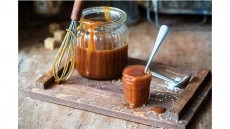Special Edition: The possibilities of chocolate with reduced cocoa butter
Price pressures: Will chocolate makers bite the bullet on cocoa butter alternatives?
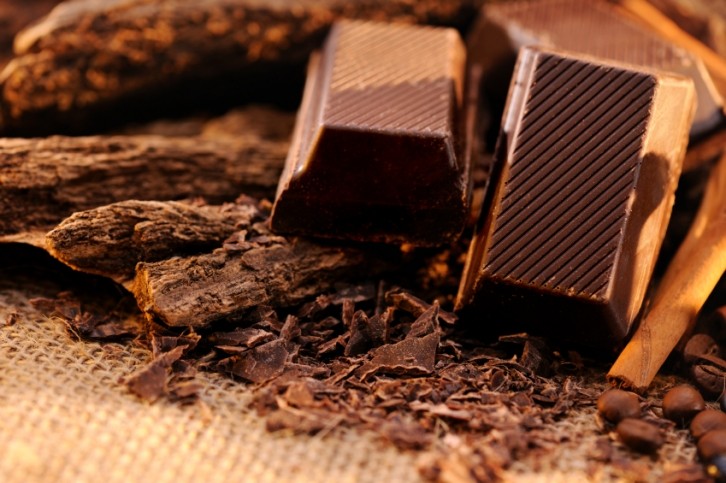
Cocoa butter is the fat source of chocolate that gives the product its texture, sheen and snap.
Many leading players such as Mondelēz International and Hershey use alternative sources of fat derived from shea butter, palm oil or other sources to partially replace cocoa butter.
Some manufacturers, particularly in Europe, are unconvinced by these alternatives, which they say fall short of performing the same function as cocoa butter.
Rising cocoa butter prices
Lauren Bandy, ingredients analyst at Euromonitor International told ConfectioneryNews that the tide may be turning for the skeptics.
“The rising price of cocoa butter is going to be favorable for cocoa butter alternatives. Cocoa butter prices are probably going to keep edging up.”
Cocoa butter prices in March 2014 neared record highs reached in October 2013 and were up 65% on the previous year, according to Mintec.
Chocolate consumption peaks
According to Euromonitor, global chocolate confectionery sales volumes are expected to reach record highs in 2014, rising 2.1% to 7.3bn MT.
Rising consumption has been accompanied by supply constraints in producing countries. The third largest cocoa producer Indonesia has experienced declining yields as trees age, while the crop in Cameroon has been blighted by diseases.
Cost savings?
One of the principal rationales for using cocoa butter alternatives, such as substitutes, replacers and equivalents, is to reduce costs.
Bandy said that the crude oil price is 10-20% of cocoa butter, but after the sources of alternatives such as palm oil and shea butter have been refined they are practically in line with cocoa butter prices
“Currently there’s very little difference between cocoa butter and alternatives, but if we see the continuing increase in cocoa prices there will be increased interest.”
Regulation bottleneck
Manufactures are however restricted by limits on the use of cocoa butter alternatives in chocolate. EU Directive 2000/36/EC permits only 5% of vegetable fats other than cocoa butter in chocolate products.
Under US rules, the Food and Drug Administration (FDA) allows alternative vegetable fats but products cannot be called ‘chocolate’ and instead must be labelled ‘chocolate flavor’.
Chocolate that falls outside the FDA definition of chocolate is often referred to as a compound coating.
Taste implicationsBandy said that manufacturers, particularly in Europe, may be reluctant use alternatives for fear of a consumer backlash.
“In continental Europe, they tend to be more purist about their chocolate – consumers tend to expect high quality…People would notice the difference between Cadbury Dairy Milk [which uses alternatives] and continental chocolate. “
She added that using alternatives would reduce the cocoa percentage, which could have labeling ramifications.
“This is really going to affect milk chocolate. If you start to reduce cocoa butter then you are going to affect a percentage claim and that will affect labelling and consumer perception.”
A recent review of cocoa butter alternatives in the Journal of Food Engineering by Jahurul et al. said that more research was needed on alternatives to fulfil the demand of cocoa butter fats.
“A number of natural fats have been investigated for cocoa butter alternatives that could have closer physical properties…However, no alternatives of cocoa butter fats have been found so far that could meet the exact demand of cocoa butters.”
Glossary Of Terms
Cocoa Butter – Obtained from crushing and grinding cocoa beans and used in chocolate at around 30% to give mouthfeel, texture and aroma.
Cocoa Butter Substitutes (CBS) – Use mainly lauric based fats (sometimes non-lauric) to give a different chemical composition to cocoa butter but with some similar physical traits. Can only be used as a part replacer of cocoa butter.
Cocoa butter replacers (CBRs) – A type of cocoa butter substitute that uses non-lauric based fats such as soybean and cottonseed oil. Can be used as part replacers of cocoa butter.
Cocoa Butter Equivalents (CBEs) - Use a mixture including vegetable fats such as illipe and shea nut butter to mimic the physical and chemical properties of cocoa butter. Can be used for full or part replacement of cocoa butter.
Lauric and non lauric - Lauric fats come from sources such as coconut and palm kernel and have a different composition to non-lauric vegetable fats that come from cocoa or palm.
Fat bloom inhibitor
But Bandy said that chocolate manufacturers may derive benefits from cocoa butter alternatives.
Melting points for chocolate using alternatives tend to be quite consistent making the product more resistant to fat bloom, the unattractive white specks sometimes found on chocolate, she said.
In a fact sheet on compound chocolate, Blommer Chocolate said: “Compound coating does not need to be tempered, and therefore is more versatile to different temperatures and applications."
“Also, because there aren’t as many guidelines regarding ingredients, compound coatings can be fortified, colored, or flavored with just about anything, leading to endless possibilities.”
